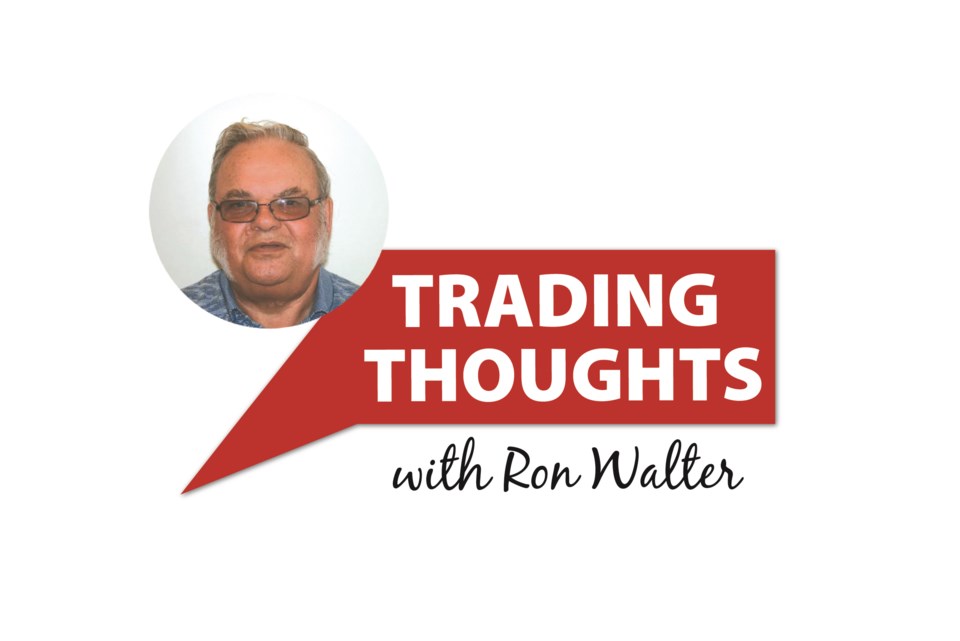Cattle producers have been awarded $72 million by government to assist in buying feed in drought ravaged parts of Saskatchewan.
That $72 million seems a lot of money, but is a literal drop in the bucket.
The maximum payment of $80 a head, assuming every head gets the maximum, amounts to helping 900,000 head of cattle.
With the provincial cattle herd at just over one million, the drought funds should apply to about 90 per cent of the beef cattle herd.
The 90 per cent shows just how terribly drought has affected cattle operations across the province. Pastures are dying and hay yields are far less than usual.
Some hay fields have died from heat and lack of rain.
The maximum payment of $80 a head only offers a partial assistance.
The average cow will eat between 2.5 tonnes and three tonnes of hay over winter. At current costs of $120 a tonne, the assistance covers only one-quarter of the need.
Is that enough? Some hay fields have had low yields for two years, not allowing cattle operations to stock up on the two years of hay reserves many try to keep on hand.
It seems cattle operators will need more help from government to stay afloat.
Some producers will have a difficult time qualifying for the funds as they need to prove they bought hay before getting any funds.
Unlike grain producers who have good crop insurance on virtually all grains and oilseeds, cattle producers have a rather hit and miss rainfall insurance program.
They have the option to buy calf price insurance. The calf insurance uptake has lagged until recently when some producers locked in prices out of fear of a market decline.
Still only a small percentage of the herd is enroled. Producers pay the full premium, unlike crop insurance where they pay 40 per cent of the premium.
Livestock producers have been short changed by business risk management programs.
The livestock sector has struggled with animal identification and premises identification costs as well as with costs associated with carbon taxes, higher fuel prices and other inputs.
This year hay prices have surged 50 per cent to $120 a tonne, requiring a deeper dig into pockets.
Fortunately beef demand drought has kept cattle prices up even with distress sales.
Ron Walter can be reached at [email protected]
The views and opinions expressed in this article are those of the author, and do not necessarily reflect the position of this publication.




